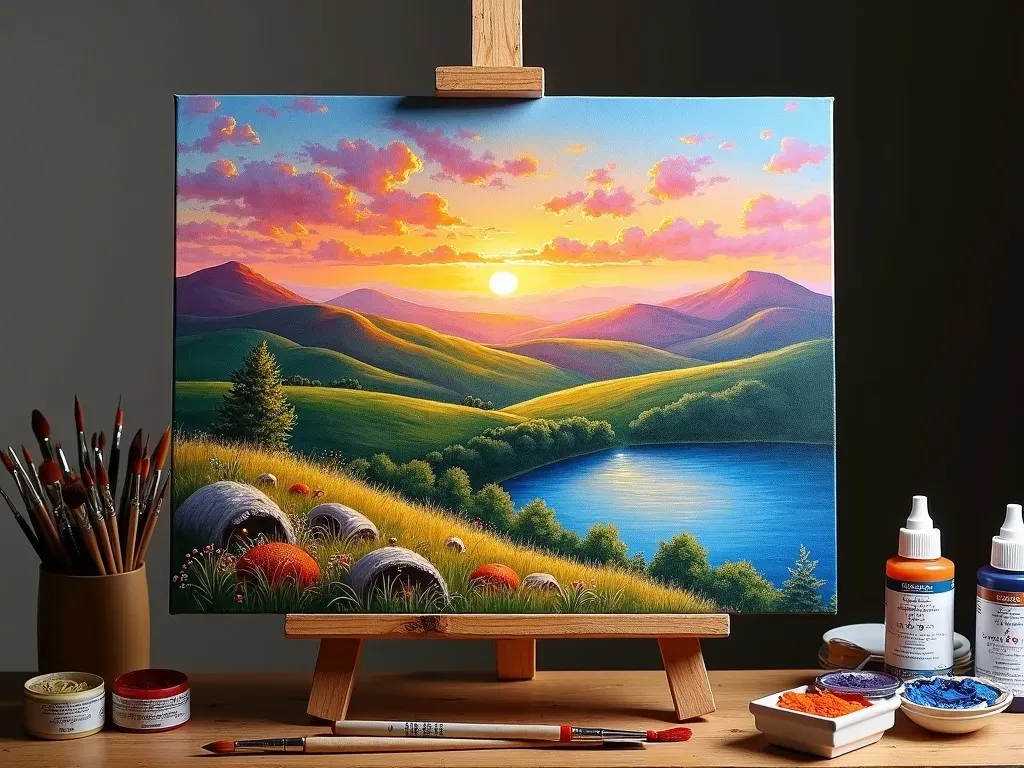Oil Drawing is a captivating art form that utilizes oil pastels or oil paints to capture stunning visuals on canvas or paper. Whether you’re a seasoned artist or just starting your creative journey, mastering oil drawing can take your skills to the next level. In this article, we’ll explore Techniques, tips, and Inspiration to help every artist bloom in their oil drawing endeavors.
What is Oil Drawing?
Oil drawing primarily involves the use of oil-based materials, usually oil pastels or oil paints, to render images. The depth of color and texture achievable with oil mediums allows for a rich and diverse artistic expression. Unlike traditional drawing, which typically incorporates graphite or charcoal, oil drawing adds a vivid dimension that can be both subtle and dramatic.
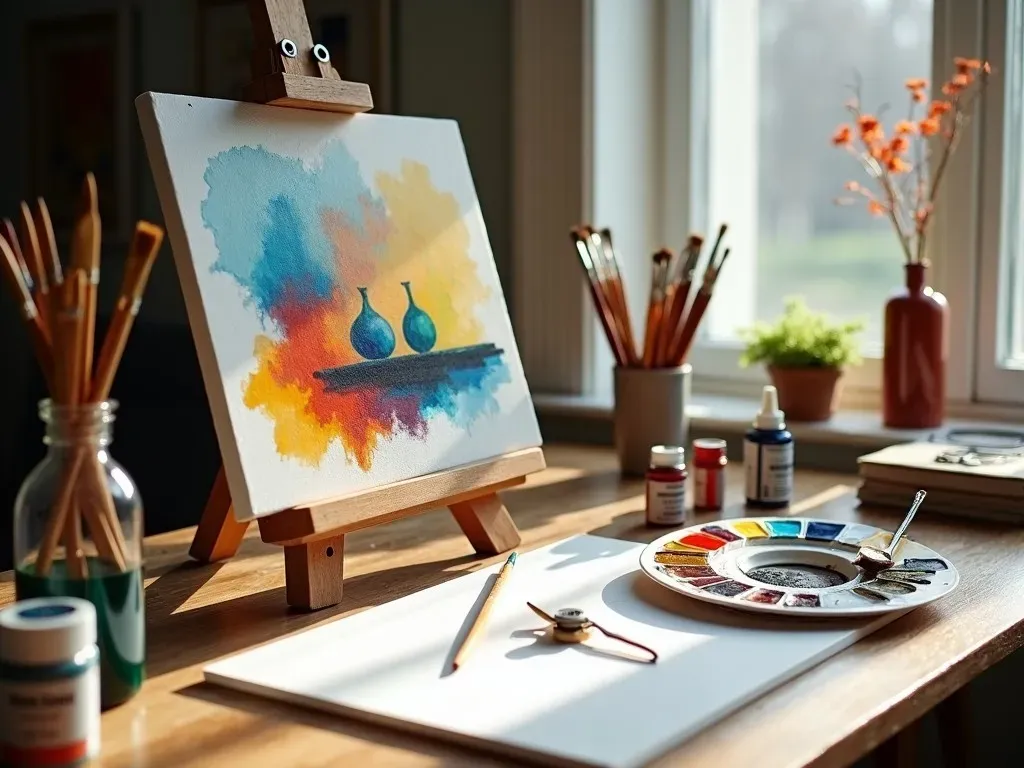
The Benefits of Oil Drawing
- Vibrancy: Oil paints and pastels boast an incredible variety of colors, providing artists extensive creative freedom.
- Blendability: The oil binder allows for smoother transitions and blends, making it easier to achieve depth and shadow.
- Texture: Artists can create various textures by layering and manipulating the medium during the painting process.
- Durability: Once dried, oil art can last much longer than other mediums, preserving the essence of the artwork.
Key Statistics About Oil Painting
| Fact | Details |
|---|---|
| Average drying time | 6 months to several years |
| Main ingredients | Pigments mixed with oil (linseed, safflower) |
| Famous oil artists | Vincent van Gogh, claude monet, Leonardo da Vinci |
| Popular oil brands | Windsor & Newton, Holbein, Gamblin |
Reference Video
Essential Tools for Oil Drawing
Before diving into the world of oil drawing, you’ll need to gather the right tools. Here’s a list of essential Supplies:
- Oil Pastels or Oil Paints: Choose quality brands for the best results.
- Canvas or Thick Paper: Select appropriate substrates that can hold the medium.
- Brushes: Various shapes (round, flat) in different sizes will enhance your techniques.
- Palette: A surface to mix your colors.
- Odorless Solvent: For cleaning brushes and thinning paints.
- Palette Knife: Useful for mixing colors and applying paint in an impasto style.
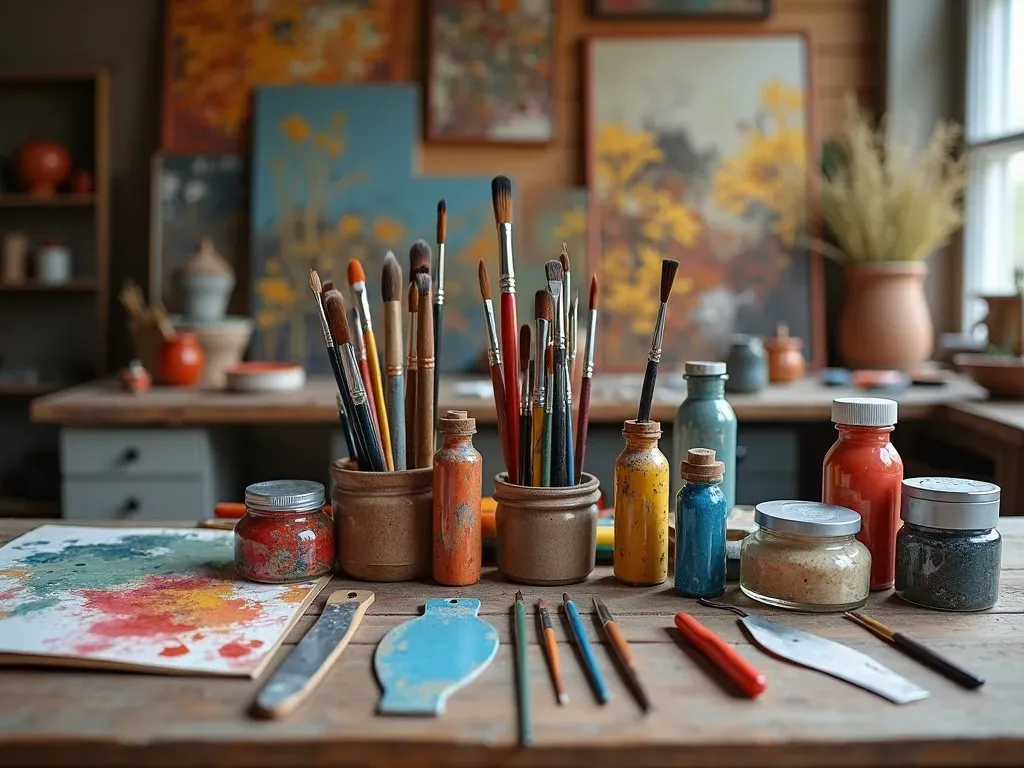
Techniques for Beautiful Oil Painting
To create compelling oil drawings, familiarize yourself with some of these essential techniques:
1. Blending
Blend colors on your canvas using brushes or fingers to create smooth transitions. This technique is ideal for portraits and landscapes.
2. Impasto
Applying paint in thick layers gives a three-dimensional effect. Use a palette knife to create textured strokes.
3. Glazing
Layer thin washes of color to achieve depth without overwhelming the canvas. Glazes can enhance luminosity and richness.
4. Scumbling
Apply a thin, opaque layer of paint over dry paint to lighten or alter the existing colors.
5. Sgraffito
Scrape away a layer of paint to reveal the color beneath, adding depth to your work.
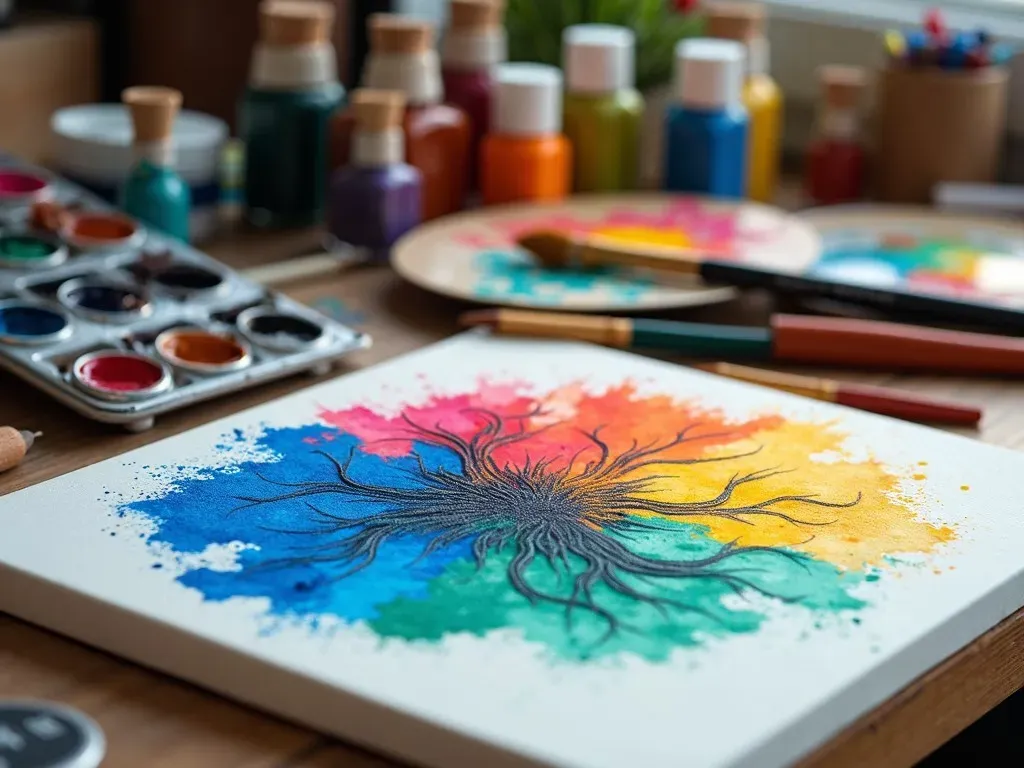 oil painting techniques">
oil painting techniques">
Getting Started with Oil Drawing: Step-by-Step Process
- Choose Your Subject: Select a reference image that inspires you.
- Prepare Your Workspace: Make your space comfortable—good lighting is essential.
- Sketch Your Outline: Lightly sketch the composition with pencil or a thin layer of paint.
- Block in Colors: Start applying large areas of color, focusing on shadows and highlights.
- Build Layers: Gradually apply further layers to develop richness and detail.
- Refine Details: Use smaller brushes for intricate details and final touches.
Inspirational Oil Artists to Follow
Engaging with established artists can ignite your creativity. Here are a few notable oil artists known for their exceptional technique:
- Vincent van Gogh: Known for expressive brushwork and bold colors.
- Claude Monet: Pioneer of Impressionism, famous for his landscapes.
- Rembrandt van Rijn: Master of light, shadow, and realistic expressions.
Famous Oil Paintings Table
| Artist | Artwork | Year |
|---|---|---|
| Vincent van Gogh | Starry Night | 1889 |
| Claude Monet | Water Lilies | 1916–1926 |
| Rembrandt van Rijn | The Night Watch | 1642 |
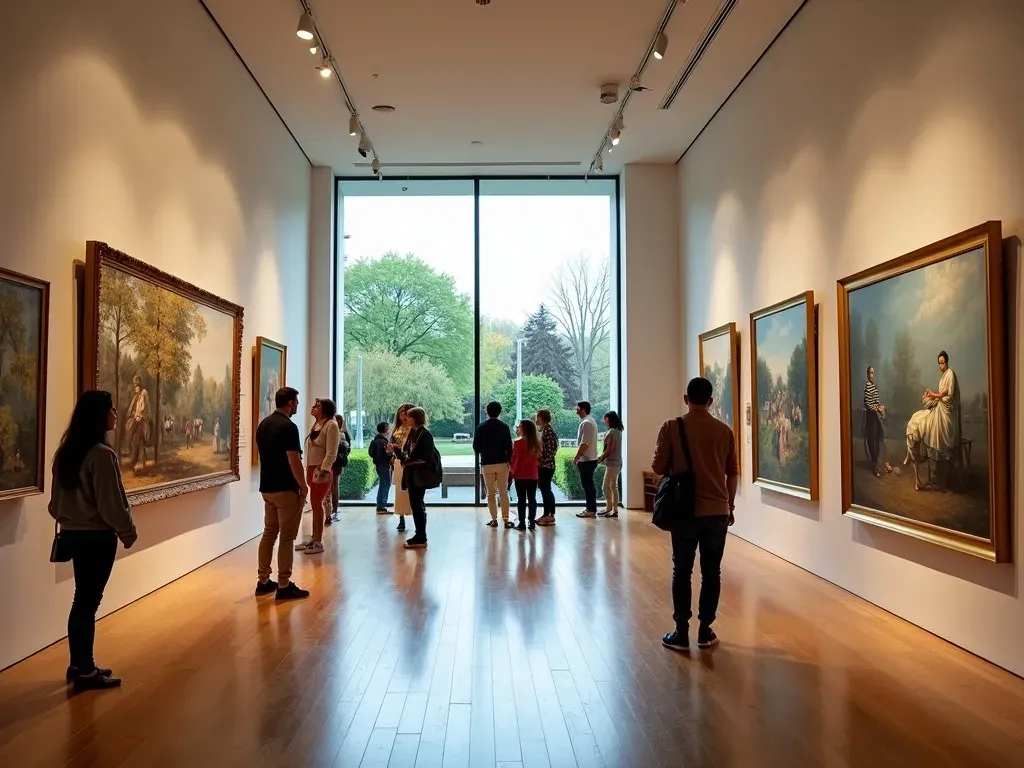
Frequently Asked Questions (FAQ)
What is the difference between oil paints and oil pastels?
Oil paints are a liquid medium made from pigments mixed with oils, typically applied with brushes. Oil pastels are a more solid form of paint that can be blended similarly to crayons or chalk.
How long does it take for oil drawings to dry?
Drying times can vary significantly. Generally, oil paintings can take from several days to years, depending on the thickness of the paint layers and the environment’s humidity.
Can I layer oil pastels?
Yes, layering oil pastels can produce beautiful textures and gradients. Be sure to allow each layer to settle as you build up the colors.
Where can I find more tutorials on oil drawing?
For an in-depth guide to oil painting techniques, visit Draw Paint Academy for free resources and tutorials.
By embracing oil drawing into your artistic repertoire, you can unlock an array of creative possibilities. As you experiment and explore, you’ll refine your skills and artistic voice. Whether creating stunning landscapes or evocative portraits, each stroke will bring you closer to mastering this versatile medium. Happy drawing!
